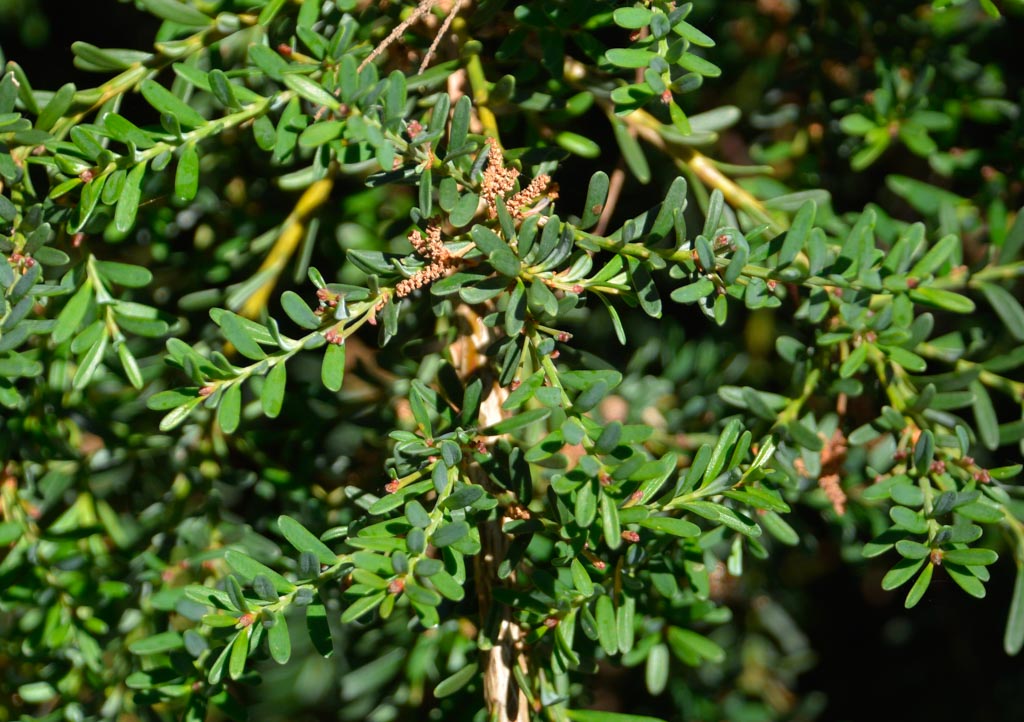Robert William Lawrence (1807–1833), first-born son of William Effingham Lawrence, was born and educated in England. In 1825 he arrived in Van Diemen’s Land (Tasmania) (per the Elizabeth). He became acquainted with Sir William Jackson Hooker, the Regius Professor of Botany at the University of Glasgow and later director of the Botanical Gardens at Kew in London, from whose friendship he developed a passion as an amateur botanist, sending many specimens from the Colony to Kew, resulting in Hooker’s “Flora Tasmaniae” in 1860. Lawrence was Tasmania’s first botanist, and introduced Ronald Campbell Gunn to Hooker. The native fuchsia mountain correa was named by Hooker Correa lawrenciana in honour of his young protégé.
Lawrence lived in a house “Vermont” which was built for him by his father near Launceston, later moving to his father’s estate “Formosa” as overseer. In 1832 he married Anne Wedge (1808-1833) but she died the following year giving birth to their daughter Annie Emily Lawrence. Lawrence died weeks later. Gunn wrote to Hooker: “It is with feelings of the deepest regret I have to communicate to you the death of our mutual friend Mr W. R. Lawrence. This melancholy event took place at Formosa on the night of 18 October last, the day on which he attained his 26th year, and the first anniversary day of his marriage. Twelve months ago poor Lawrence married a young and most amiable Lady, with whom he lived in the most happy state it is possible for mortals to enjoy in this world, and on 2 September last I left them, after a short visit both in the enjoyment of excellent health; next day Mrs Lawrence was safely delivered of a daughter, but from delicacy of constitution, or too sudden an exposure after her confinement, she was in a few days seized with a fever which terminated fatally within a month, – fatally to Lawrence’s happiness and peace”.
Lawrence died of an apoplectic fit a few weeks later, the coronial jury delivered a verdict of ‘died by a visitation of God’. The infant daughter, Annie Emily Lawrence, was raised by her maternal grandparents in Van Diemens Land and later Port Phillip, where she married Monckton Synnot.
References
Born in England on 18 October 1807, died at ‘Formosa’, Tasmania, on 18 October 1833, possibly due to an epileptic fit.
The first son of a wealthy English merchant, William Effingham Lawrence (1781-1841). The father with his wife and two of Robert’s siblings migrated to Van Diemen’s Land in 1822-23. He purchased a cutter, the Lord Liverpool, to make the journey. William became an influential landowner near Launceston on granted land.
Robert had stayed in England and followed his family to Tasmania in April 1825. His father built a house, Vermont, for him near the North Esk River where he resided until around June 1832 when he moved to the family estate of Formosa near Cressy to act as overseer of his father’s estate.
Recruited by W.Hooker in 1830 as a collector’ he forwarded specimens to Kew until 1832. He made the first collections, including the type of Podocarpos lawrencii, from the mountains south west of Launceston, the Western Tiers, which rise close behind his family property ‘Formosa’. He was instrumental in recruiting Gunn as a collector for Kew. After his untimely death in 1833 his collections were included in Gunn’s herbarium; these bear the initials RWL and usually a Lawrence number. His main collection is in K, with some duplicates in G, MANCH, NSW and OXF.
A much longer biography is in Dick Burns’ book, Pathfinders in Tasmanian Botany, published by the Tasmanian Arboretum in 2012.
In one of his early letters to Hooker in 1830 he wrote:
“. . . I have a taste for the science of Botany.
– My knowledge of this science is certainly very slight indeed,
I am a mere learner and without a preceptor but I hope that in time,
by application I shall become as much of a Botanist as to enable me
to be useful to you now if you will accept my services such as they may be.”
Plants named in his honour include:
Correa lawrenciana (1834)
The genus Lawrencella (1839) with two arid Australian paper-daisy species
The genus Lawrencia (1840) with 16 Australian species in the Malvaceae
Podocarpos lawrencei (1845)
Spyridium lawrencei (1863)
Deyeuxia lawrencei (1940) a grass now presumed extinct.
